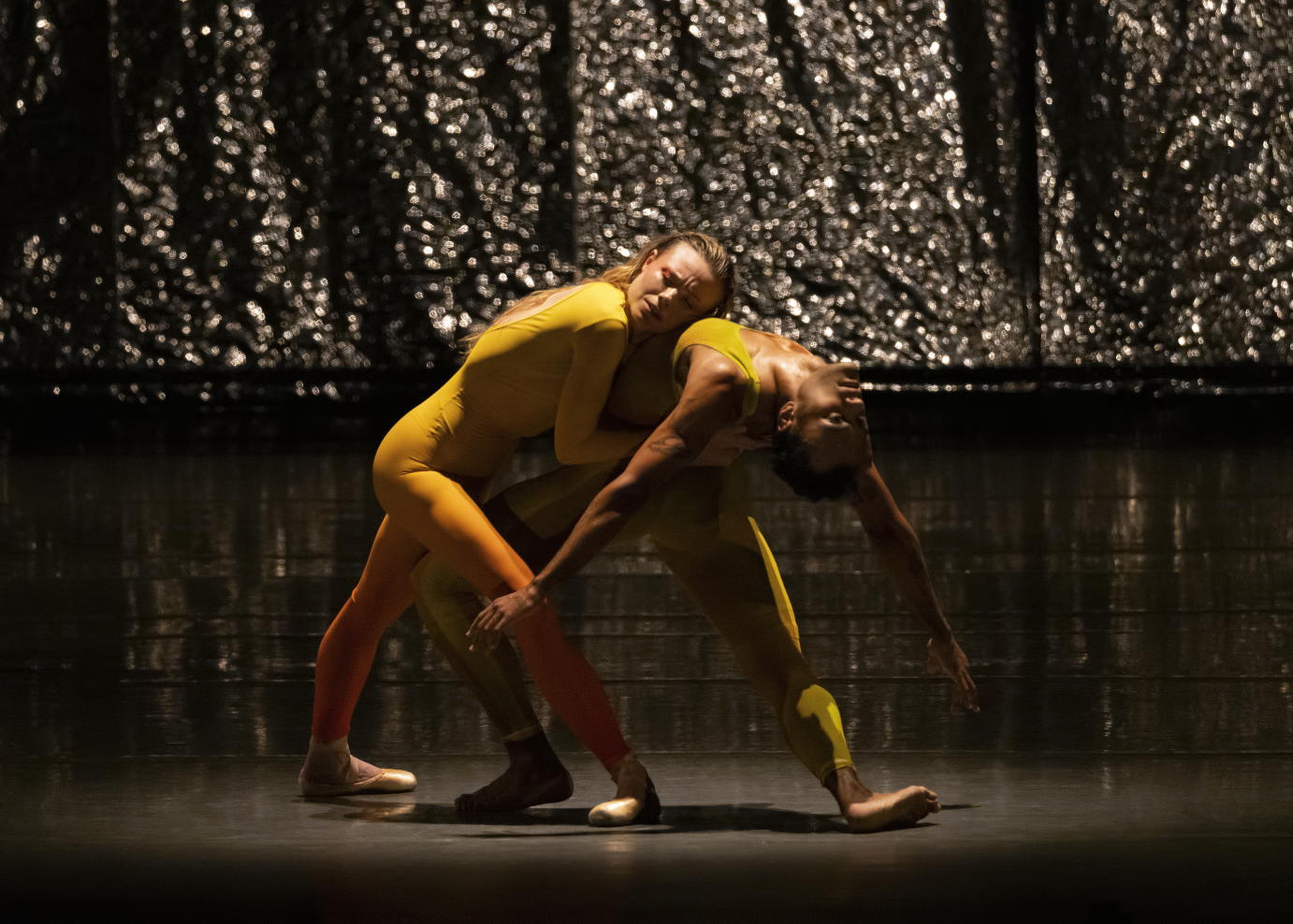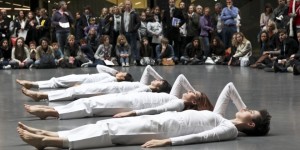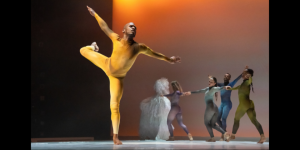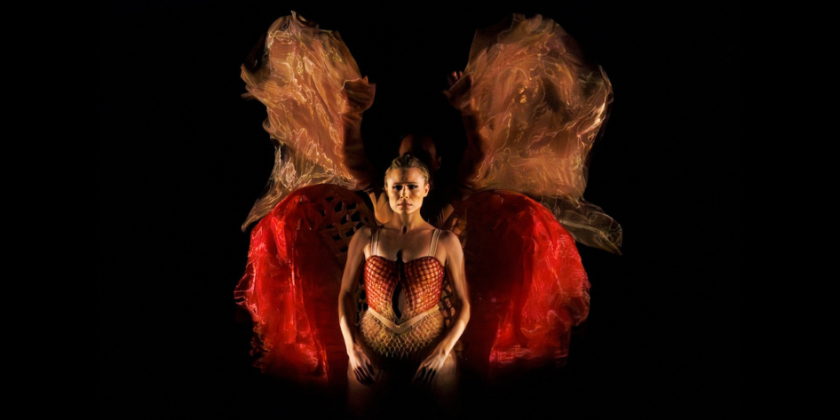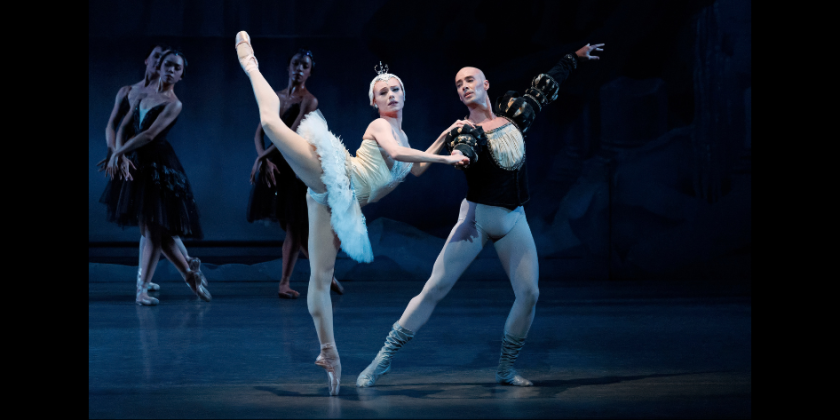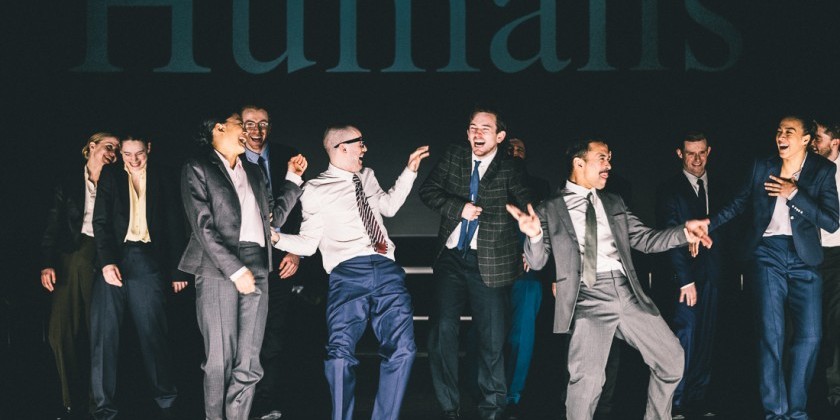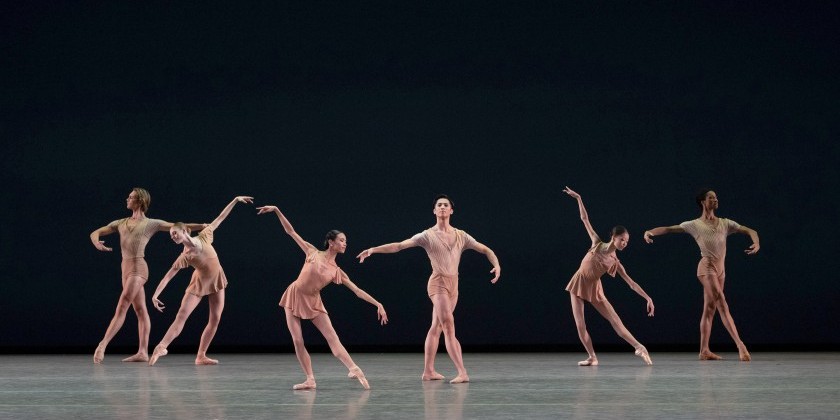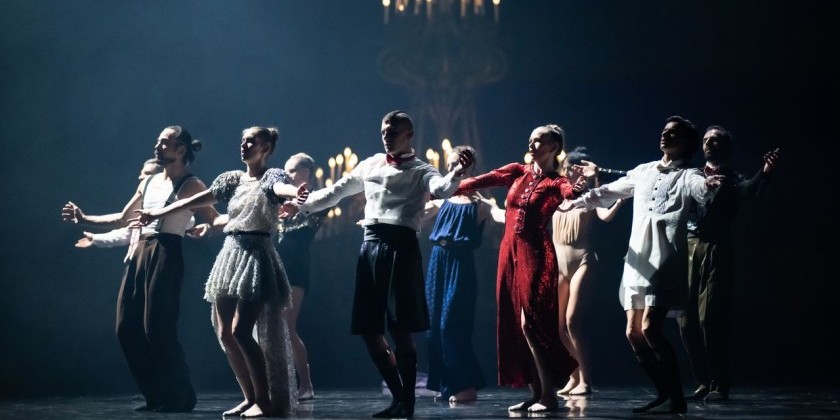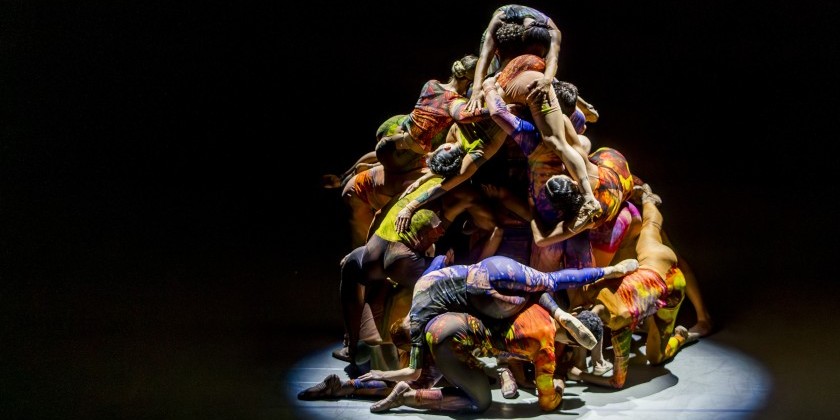IMPRESSIONS: New York City Ballet's Fall Gala with Choreography by Sidra Bell, Andrea Miller, and Jerome Robbins
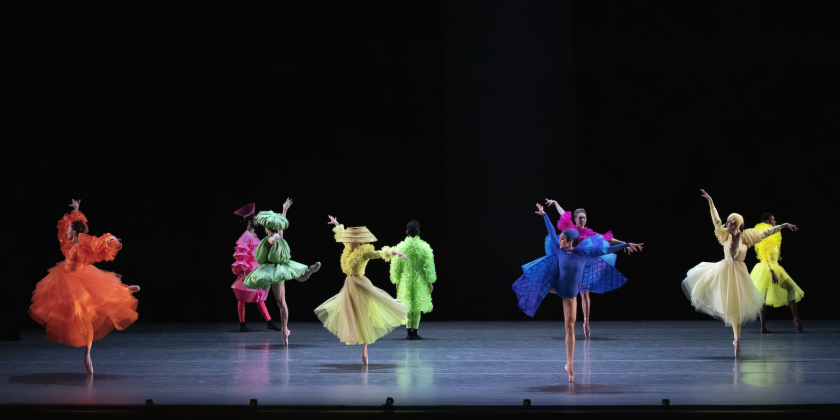
Featuring Costumes by Ben Benson, Christopher John Rogers, and Esteban Cortázar
Glass Pieces
Choreography: Jerome Robbins // Music: Philip Glass // Lighting: Ronald Bates
Production Design: Jerome Robbins and Ronald Bates // Costumes: Ben Benson
Suspended Animation
Choreography: Sidra Bell // Music: Nicholas Britell, Oliver Davis, Dosia McKay
Costumes: Christopher John Rogers // Lighting: Mark Stanley
sky to hold
Choreography: Andrea Miller // Music: Lido Pimienta
Costumes: Esteban Cortázar // Lighting: Nicole Pearce
“Ballet is back,” announced gala chairperson Deborah Roberts as she kicked-off New York City Ballet’s Fall Fashion Gala at the David H. Koch Theater on September 30. An annual event, the performance features new ballets by hot choreographers costumed by trendy fashion designers. Yet Roberts might more accurately have proclaimed, “Ballet dancers are back,” as it was the company’s superb performers, more so than the ballets themselves, that ignited the evening. And it wasn’t classicism, but rather modern sensibilities, that fueled the choreography. The program’s two premieres are by contemporary choreographers known for experimental, interdisciplinary work. Sidra Bell is a contemporary-dance pedagogue, whose choreography is informed by her innovative, laboratory-style teaching, and Andrea Miller, who recently created an immersive sculpture, sound, and performance installation on Lincoln Center’s plazas, is here choreographing her first-ever work on pointe.
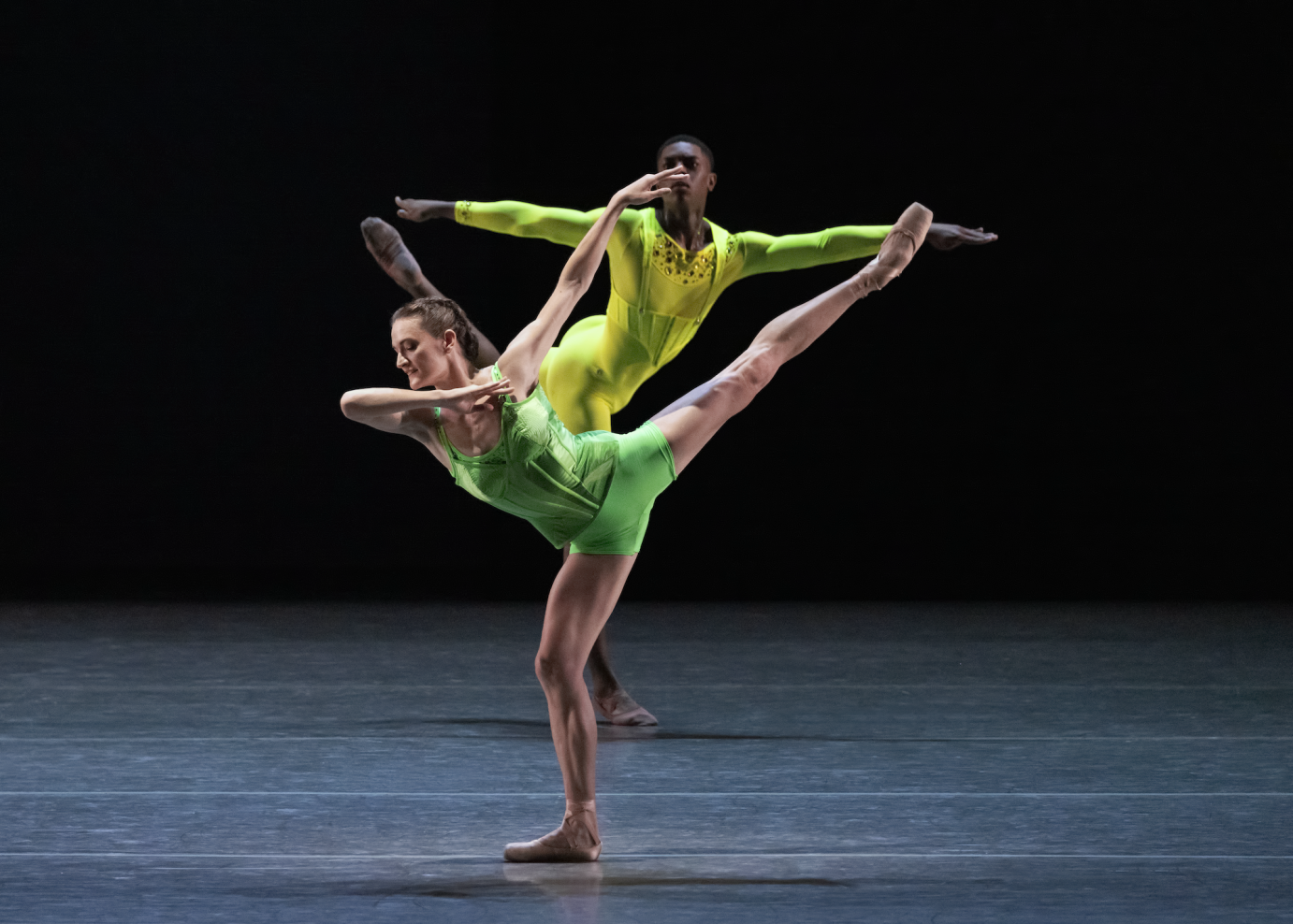
A spirited performance of Jerome Robbins’s Glass Pieces (1983) launched the evening. With its striking use of ordinary walking as the ensemble’s thematic movement vocabulary in its opening section, the post-modernistic work set the tone for a night of ballets untethered to the art form’s classical roots. One of Robbins’s most formalistic works, performed in front of a backdrop grid of tiny squares, the ballet makes crafty use of ensemble patterns to mirror the right angles and short straight lines of the grid, exuding a sense of both containment and activity. Its central pas de deux is introduced by a silhouetted line of dancers traveling across the back of the stage with pulsing, loose-kneed walks, suddenly punctuated by a horizontal line made from lifted forearms. That horizontal is quickly paralleled by the split legs of a ballerina being carried onstage mid-grand jeté — a clear signal that this is a dance about linear language. And there’s no more exquisite embodiment of linearity than Maria Kowroski who, ably partnered by Amar Ramasar, gave luscious interpretation to the pas de deux’s keen demonstration of how lines can slice, tilt, wrap, melt, and entice. Kudos also to corps de ballet member Ashley Hod, whose authoritative performance in the opening movement’s first duet caught my eye and never let it go.
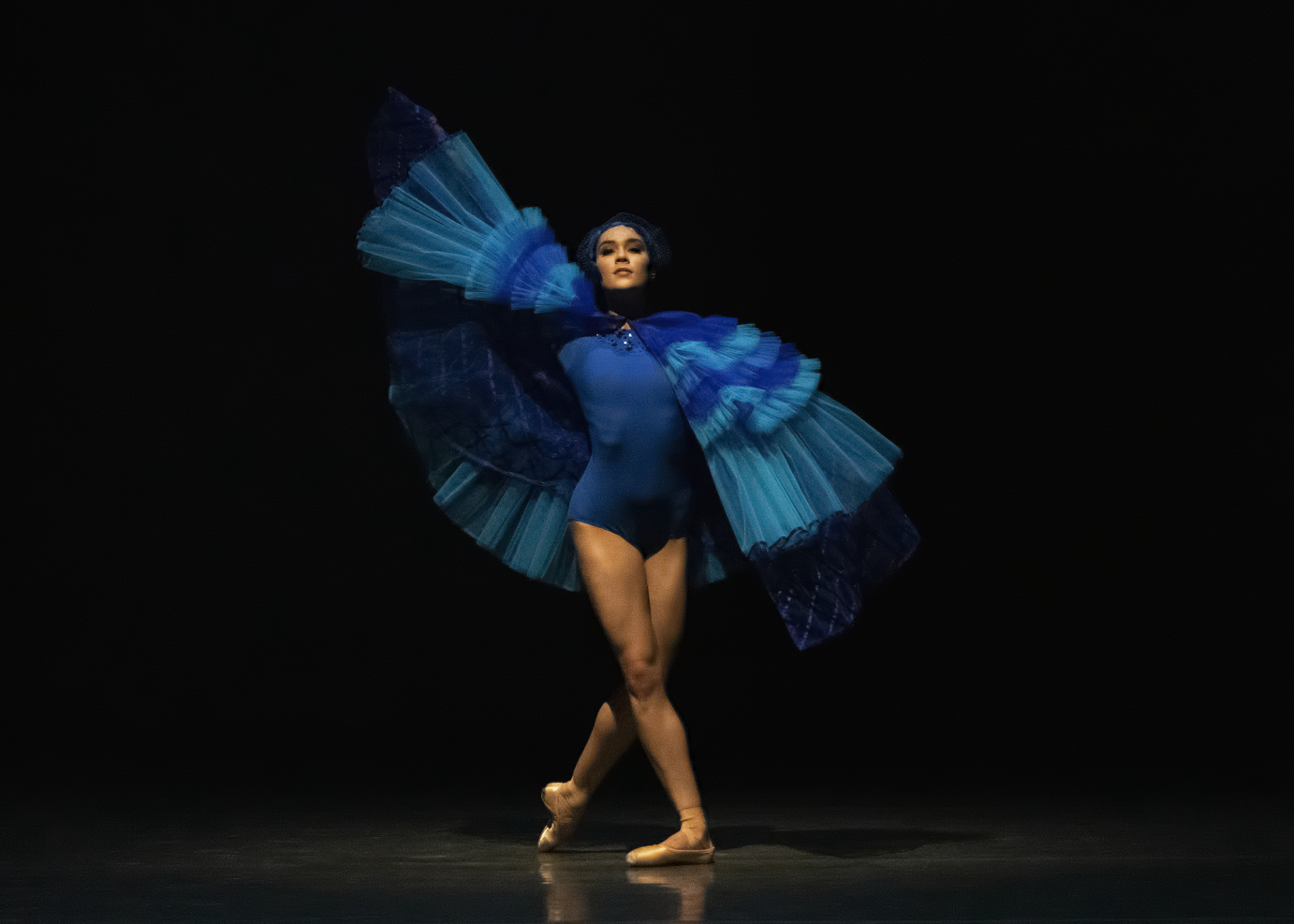
The more successful and succinct of the premieres, Bell’s Suspended Animation pairs clean, bold, percussive movements with Christopher John Rogers’s enormous, neon-bright costumes. Wisely set to understated music by Nicholas Britell, Oliver Davis, and Dosia McKay, the piece opens with dancers moving individually in “rooms” of their own, tucked away in corners or alone in central areas of the space. They are dazzlingly dressed, each in a single, powerful color – lime green, searing yellow, blazing orange, deep-blue-sea turquoise, the hottest pink you’ve ever seen. Attired in huge hats and large sculpted forms, reminiscent of courtly fashions from bygone eras, they dance about proudly in neat, neo-classical style. As the piece progresses, the performers shed their over-sized costume pieces, and sleekly-attired principal dancers propel the action. The second half begins with a solo by Teresa Reichlen, whose serene etching of shapes in silence illuminates Bell’s decidedly modern choice to put dance in the driver’s seat, confounding the classical tradition of letting music dictate movement. With her winning combination of strength, speed, and spunk, Megan Fairchild sparks the work’s final segment with another unaccompanied solo. It leads into an ensemble passage that brings back elements of the elaborate costumes before trailing off into an inconclusive ending — diverse dancers, differently costumed, moving with contrasting energies.
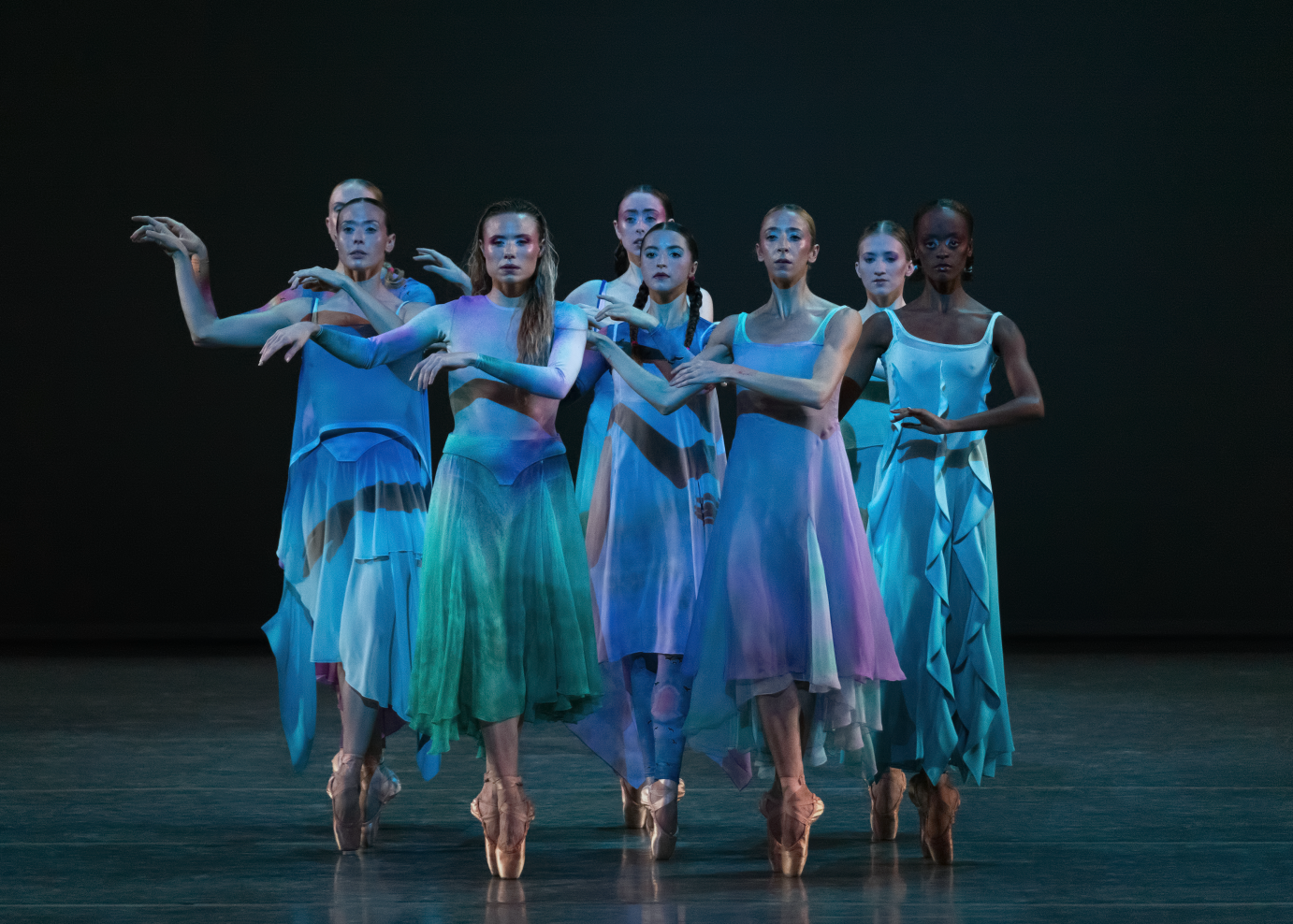
Sprawling and disjointed, Miller’s sky to hold is held together by charismatic performances by principal dancers Taylor Stanley and Sara Mearns. Set to commissioned music by Lido Pimienta, (who appears onstage mid-way to contribute vocals to the orchestral score), the ballet begins by establishing a tribe of sorts that moves in loosely-formed clumps and contains two characters (Stanley and Mearns) who dance animalistically with vigor and abandon. Intended by the composer to represent a seed and a storm, respectively, Stanley squirms magnificently along the floor, pausing mid-phrase to balance in a backbend on his feet and the top of his head, and Mearns gets lifted, carried, and thrown about, though all the while communicating that she’s the one in charge. Esteban Cortázar’s costumes — muted reddish-purplish-bluish leotards with long sheer layers draped from points on the torso — do little to enhance the choreography. Governed perhaps by the score, which includes invigorating rhythms, and alternately soothing, booming, and plodding passages, the ballet proceeds episodically with little indication of how one part relates to the next. In the final scenes, we begin to discern a Covid-related narrative. Down on all fours, Taylor and Mearns face-off, forehead to forehead. They stand up, hug, get pulled apart, and then seek melodramatically to reconnect with overwrought gestures and desperate running. A Mylar curtain appears, the lighting brightens, dancers flood onto the stage, meet, and lift one another up. We’re left with a sense of celebratory confusion. An apt reflection, I guess, of how glad, yet uncertain, we’re all feeling about being “back.”
